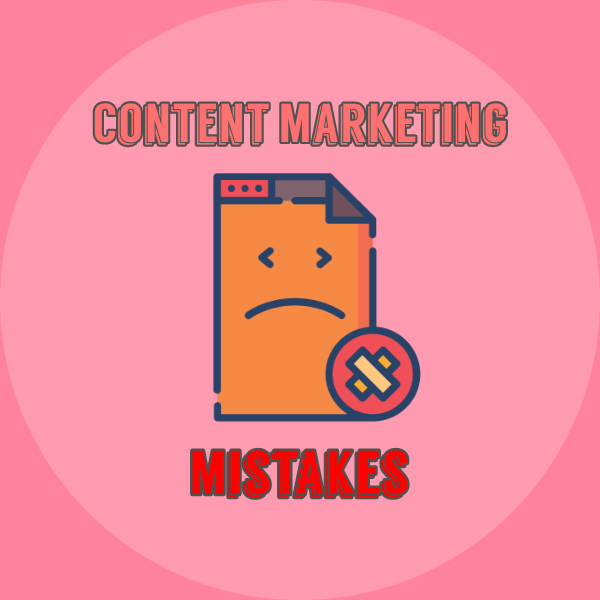
92% of marketers would now consider contents as real corporate assets (at least according to the Content Management & Strategy insights). Brand contents, however, require time, dedication, a solid plan and as much flexibility and availability to change the formula to which it was thought. When it comes to content marketing errors and strategies that do not work as they should there is a lot of confusion. The idea of this post is to put things in order once and for all.
If how to do it changes from sector to sector, from product to product, even from one market or country to another, for the success of a content marketing strategy errors and false steps to avoid are always the same.
QUANTITY VS QUALITY
The first reason why a content strategy fails is because the contents are inconsistent or of poor quality. Offering value is the first step to stimulate trust and generate the involvement of one’s own reference community, which assumes upfront knowledge of one’s own targets. There is so much to gain, however, in offering customized and tailored content even when looking at the positioning among the search results: in its different versions, an algorithm like Google’s one would above all reward the quality of the contents and pages. Those who create content by looking more at quantity than quality, as well as not realizing that the number of available content would have already exceeded the volume of research – and the ability to pay attention – by users, often makes the same mistake: giving life to a content that is difficult to re-use when, instead, re-purposing content could help not only extend its life – transforming it, for example, into an info-graphic even if at the beginning it was just a blog post and so on – but also and above all maximize the investment already made for its creation.
THE LACK OF A PLAN MAKES ANY CONTENT STRATEGY UNUSABLE
The lack of organization is the second crucial content marketing mistake in which companies run into more than expected. Especially the smaller companies that decide to do it by themselves can be convinced, in fact, that it is enough to write a post on their company blog and share it during the holidays to be able to say they have a content strategy and they forget, for example, the importance of having an editorial plan organized and integrated between blogs, social networks, any other house organs or guest content.
According to SocialMediaToday, however, when doing content marketing not having a process of approving the contents or evaluating their performance can be detrimental to investors. In the first case, especially when the corporate contents are not produced in-house, foreseeing steps, deadlines, very specific roles avoids mistakes, delays in publication and even worse errors that require to withdraw or revise the content. In the second one, instead, analyzing the data concerning the campaign does not only mean having an idea of how this is going but, above all, being able to adjust the pitch while it is in progress or even reallocate the budget at its disposal once it is it was realized that this will not lead to the expected results.
DO NOT FORGET TO PROMOTE YOUR CONTENT
As already mentioned, however, to the failure of a content marketing campaign contributes a certain laziness of the marketer, not infrequently convinced that there is nothing more to do once written and published a – preferably good – content. For a content strategy to work well, instead, the rule should be that of 80/20, where 20% should concern content creation and 80% instead the content dissemination.
How are contents shared? Through a good social media strategy, for example, or by taking advantage of email marketing and still thinking about influencer marketing campaigns able to involve the influencer best suited to the goals, without forgetting that paid media can also be a good market for content.
Simple contents, understandable in the formula and focused on a single subject, for example, are easier to read and therefore preferred by users. Especially if the subject is very technical, then, in addition to avoiding incorrect or unverified information, it could be useful to link accredited and specialized sources in the sector. And, again, internal links make it easier for users to navigate to other content created on a related topic, increasing the time spent on their pages and raising the chances of it becoming an action that counts as signing up for newsletter, the addition of a product to the cart and so on.
A CONTENT FOR EVERY MICRO-MOMENT OF THE FUNNEL
As already mentioned, in fact, we cannot forget that content marketing is still marketing and must be able to bring concrete results that go beyond the simple consumption of the contents offered to users and potential customers. Using a clear and effective call to action is a good starting point, but that’s not all. It is still SocialMediaToday that underlines how among the mistakes often made by those who make content marketing there is still not enough thought about content that goes well for each phase – for each micro-moment, it would be better to say – of the funnel: «if we focus too much in creating educational content, for example, and aimed at those who are in stage awareness, we risk losing sight of the importance of nourishing even those who are further down in the purchasing process», states SocialMediaToday.